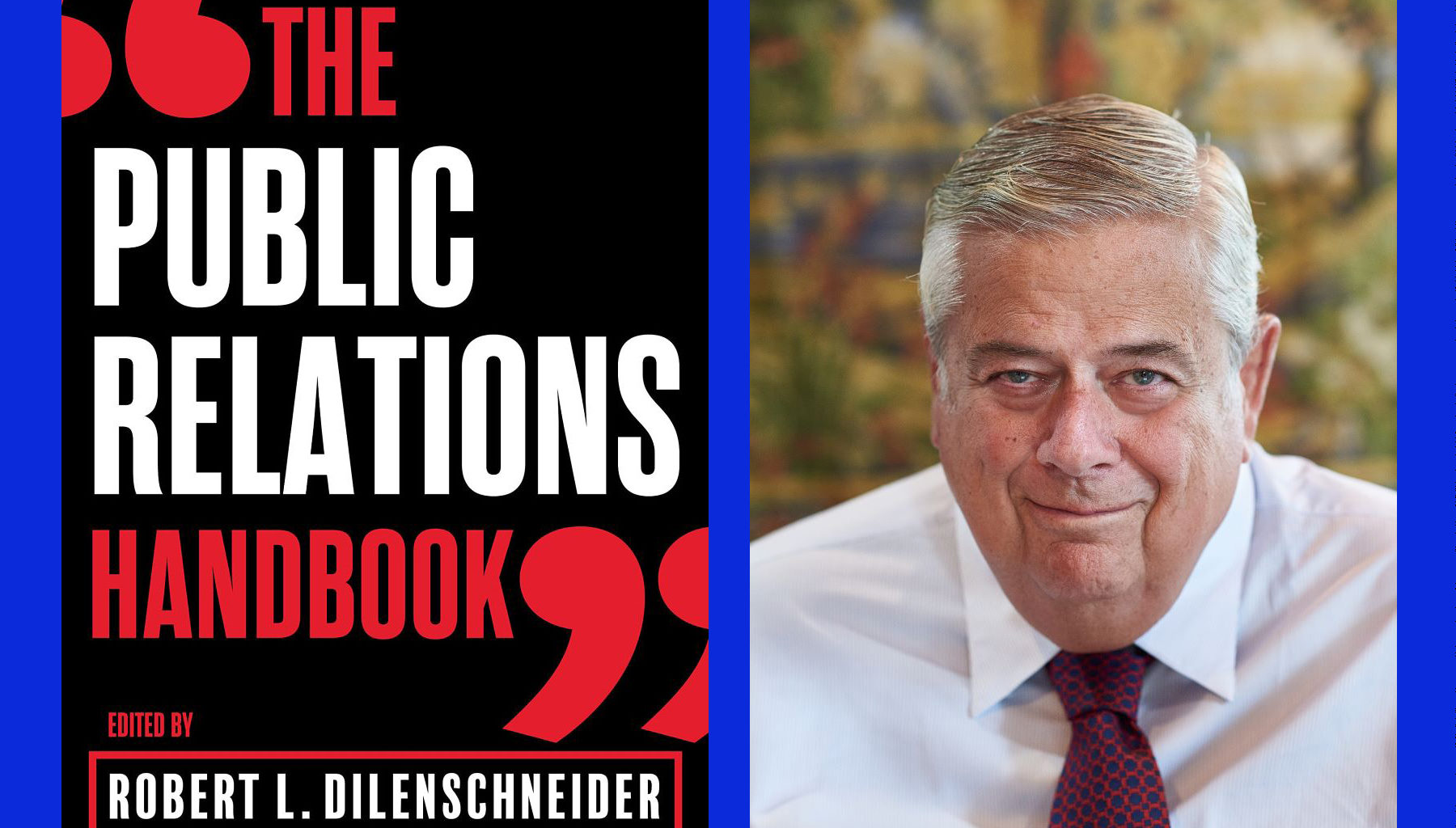Excerpted from “The Public Relations Handbook” copyright © 2022 by Robert L. Dilenschneider. Reprinted with permission from Matt Holt Books, an imprint of BenBella Books, Inc. All rights reserved.
Invariably, a company or organization will experience bad news, resulting in negative publicity. Possible reasons can include:
- Poor revenue or earnings
- Product recalls
- Consumer health and safety issues
- Strikes
- Plant closures or layoffs
- Attacks by politicians and NGOs
- Accidents causing employee deaths or serious injuries
- Attacks by activist investors questioning the overall company strategy and its management
- Environmental issues
- Worker conditions and sourcing, particularly in the developing world
It is important to acknowledge the facts of the situation versus trying to “spin” them for short-term gain; once again, credibility and trust are your most important assets. And remember that relations with the media need to be viewed as a long-term game. If you spin the facts, then when there is good news, will you be believed or trusted?
Several other tips on dealing with a negative media situation:
- Identify how much traction the story is getting. Do not make more of your denial than is warranted, as it creates the equivalent of being hit by a truck and then having the truck back up over you. To the extent possible, make it a one-day story and respond with equivalency—what is needed but not more than the story deserves.
- Articulate bold, positive steps you are taking to fix the problem.
- Don’t be argumentative. As longtime Republican political operative Bill Greener aptly put it, quoting others: “Never argue with someone who buys ink by the barrel.”
- Don’t repeat negative or inflammatory language from the reporter. Even a denial using such language can be repeated as from you in the story.
- A corollary to that is to take the high road. As former first lady Michelle Obama put it: “When they go low, we go high.”
- PROTECT THE RECORD. If you make a mistake, correct it. If the reporter makes a mistake, ask for a correction. While few people read the small corrections in newspapers, by getting one released, you will ensure it is recorded in digital space, frequently even in the online version of the story.
Last, recognize that news stories need a villain and that corporations are rarely viewed as being on the side of the angels. Internationally renowned political scientist and management scholar and chancellor of Vanderbilt University Daniel Diermeier notes in his excellent book, Reputation Rules, “Executives operate under the mistaken belief that the public trusts them. But CEOs are among the least trusted professions, just barely ahead of used-car dealers and politicians.”
Takeaways
We can all benefit from having a checklist of key principles in dealing with the media and reviewing it from time to time. Our own list follows, using some of our previously discussed tips:
- Know why you are doing a media interview. What is your objective? What are the key messages?
- What is the publication and who is the reporter? Do you know what the reporter has written about recently?
- Who are the third parties and what is the independent research that can support the organization’s comments?
- Have a robust section for the media on your company website.
- If the reporter is interviewing senior management, prepare a briefing paper on the publication, the reporter, their most recent stories, and your desired outcome.
- As part of briefing senior management, identify the three most difficult or concerning questions that could be asked and identify answers in advance. Consider media coaching where appropriate.
- Talk from the viewpoint of your audience and use information that will arouse that self-interest.
- Avoid jargon. Talk in headlines. Unless it is a profile or a major story, you will probably only have two or three quotes in the story. What do you want them to be?
- If a reporter asks a question, they generally are entitled to a truthful answer. Then bridge and flag.
- Tell the truth; don’t spin. But don’t bare your soul and tell everything you know!
- Never say “no comment.” It is argumentative and looks like you have something to hide. If you cannot answer a question, you should explain why. There are many good reasons:
- I don’t know, but will get you an answer.
- It is nonpublic information.
- It involves confidential employee information.
- It is important competitive information.
- I don’t want to speculate.
- Protect the record. Correct misinformation as soon as you can.
- For broadcast, think about pictures to make the story more interesting. Simply having “talking heads” gets boring quickly.
“The Public Relations Handbook” can be purchased via StartupNation.com below.






